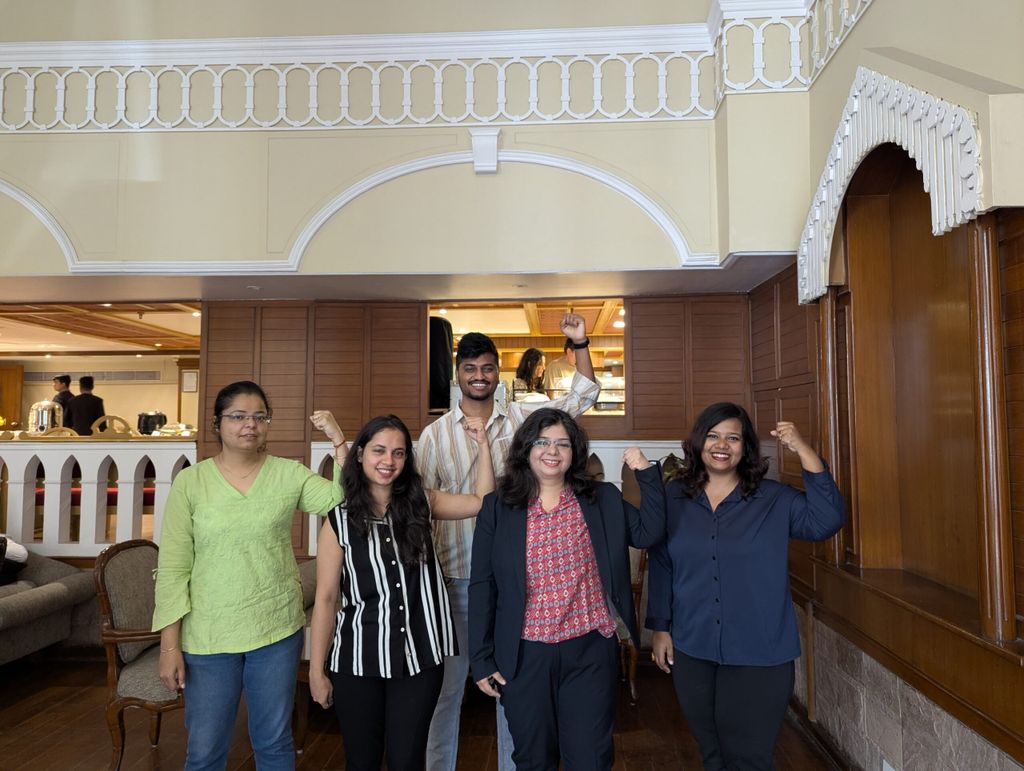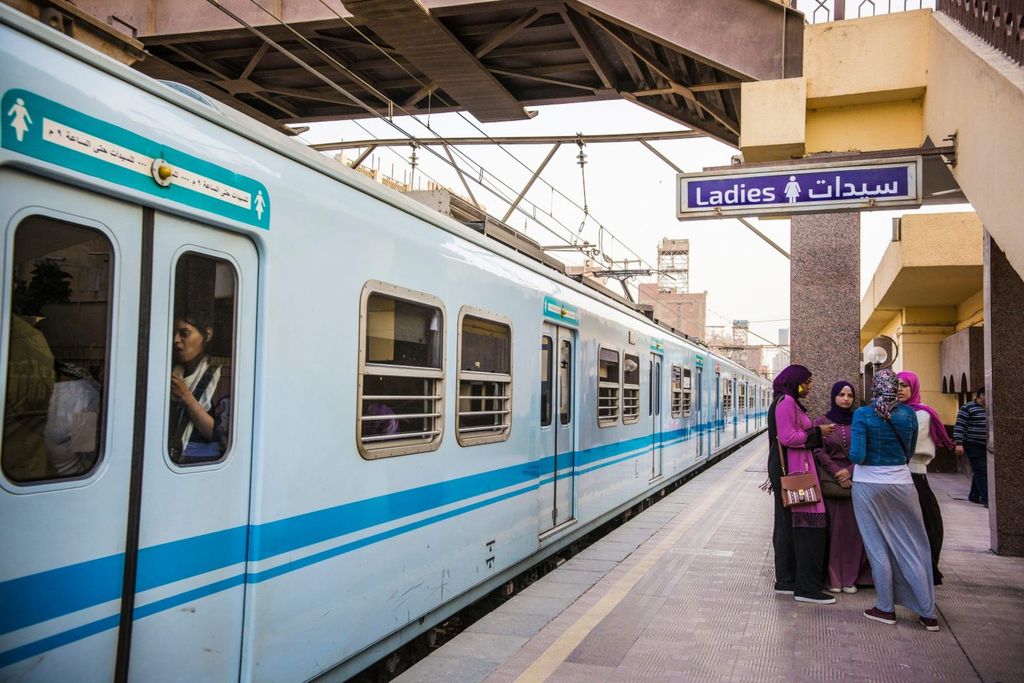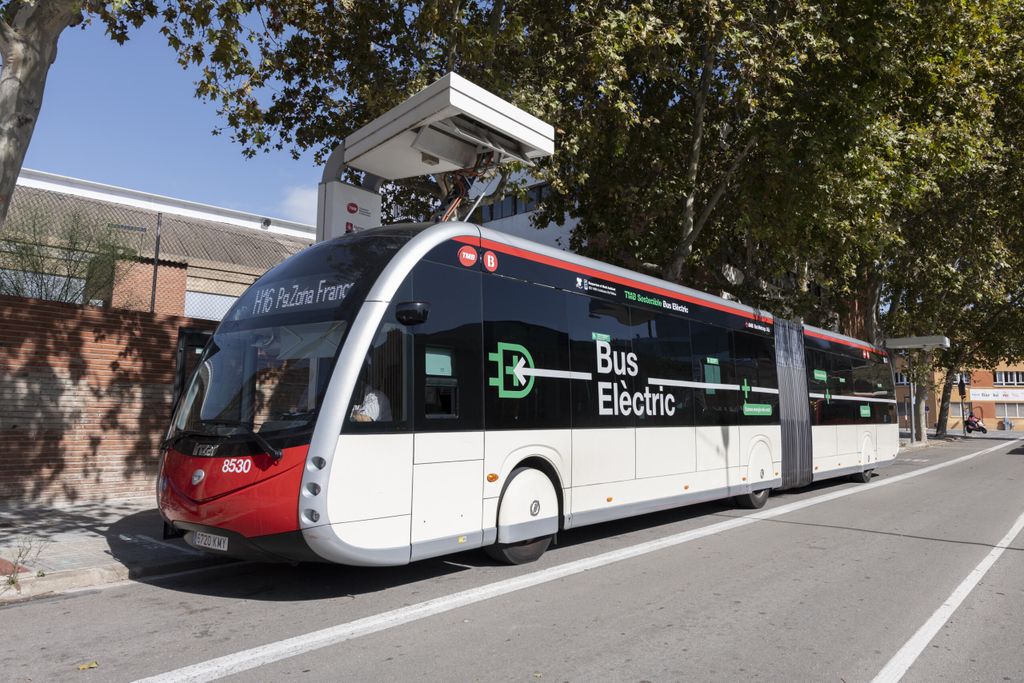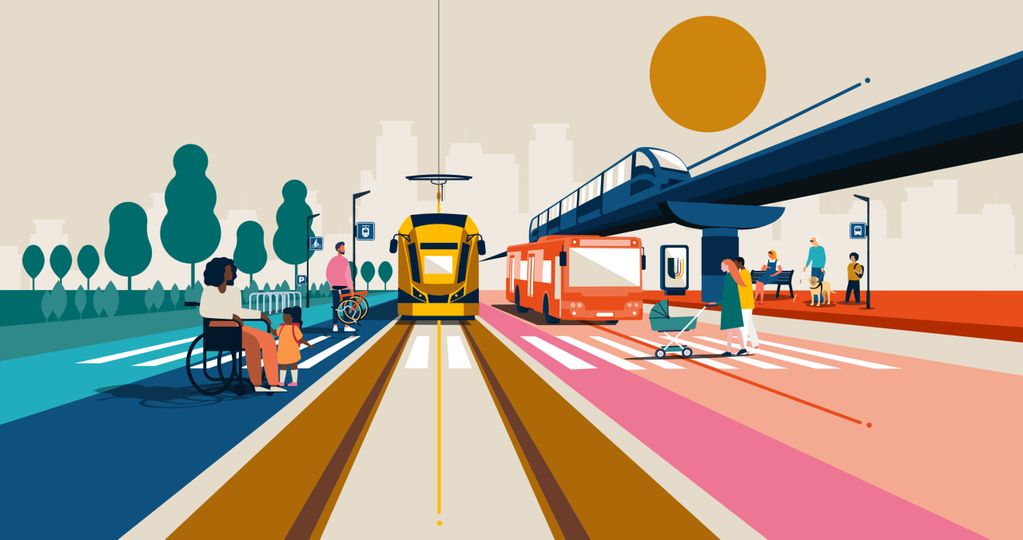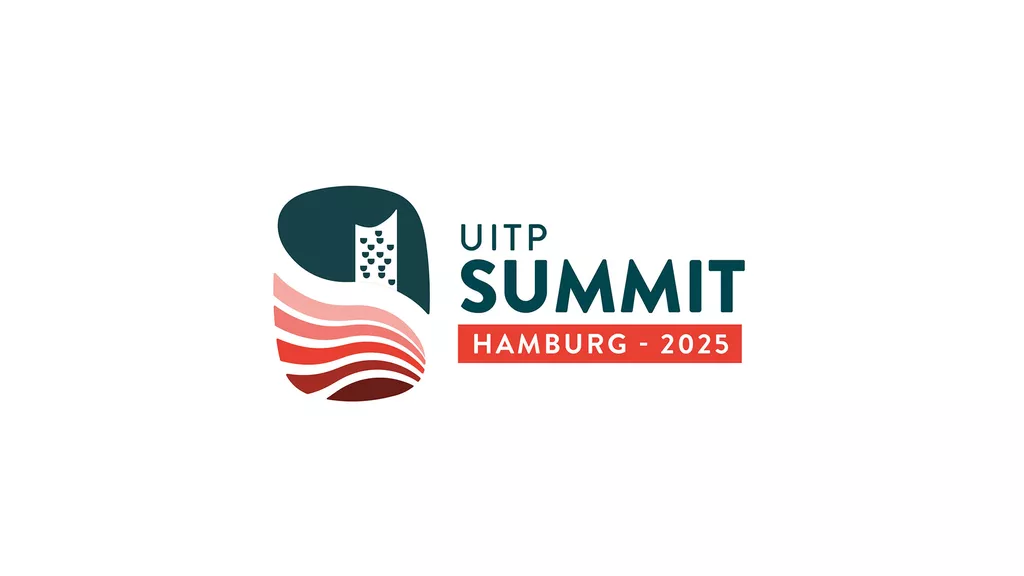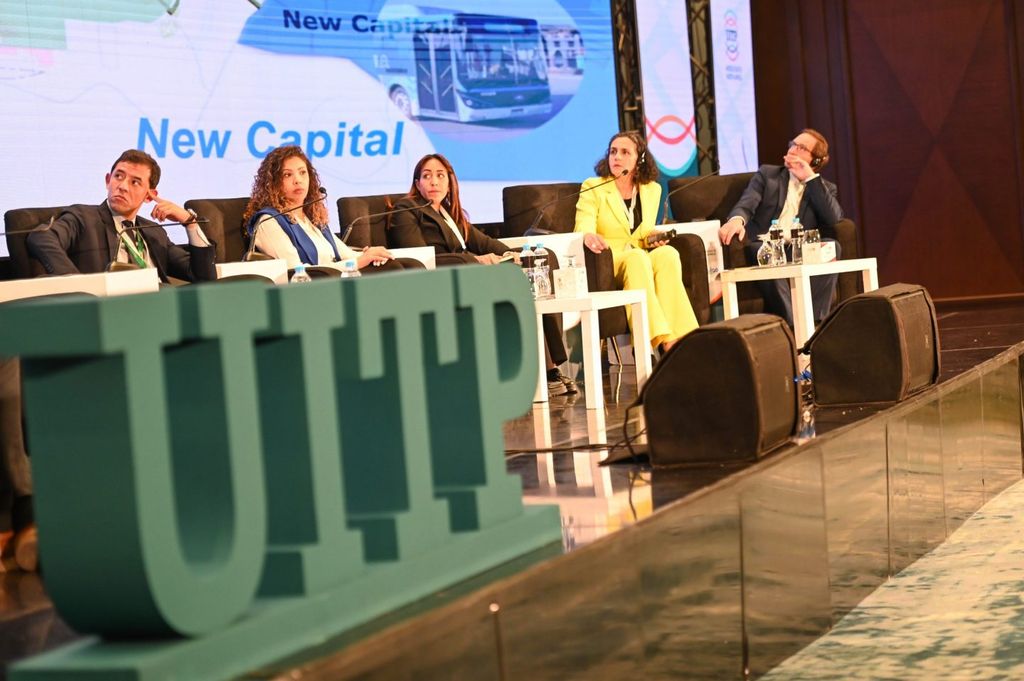
Regional perspectives and global challenges; the UITP Egypt Conference
Wrapping up the UITP Egypt conference
The recent UITP Egypt Public Transport Conference showed that the public transport sector in the region is looking ahead to an optimistic future as the backbone of urban mobility. But there are challenges to overcome.
With over 250 participants from 22 countries, four themed sessions, a technical visit, the MENA Regional Committee Meeting, and Bus Working Group meeting the whole event brought together stakeholders from public transport and sustainable urban mobility.
The MENA Region is of crucial importance to the wider public transport sector, and a focus area for UITP. In the coming years, the region should see more research projects, training programmes and events to advance public transport and sustainable urban mobility.


…some key take aways
Despite the challenges presented by the pandemic, this past year has seen an increase in optimism within the public transport sector. People are continuing to travel, although their habits have changed; and we are now seeing a new wave of investment and innovation that is driving positive change in cities all over the world.
Egypt is making big strides, with the construction of an entirely new administrative capital outside Cairo where a new metro line will connect citizens to major hubs such as Cairo International Airport and Giza.
It was clear that after the pandemic, travel patterns changed. People aren’t traveling on the same day, the same our or for the same distances.
And this causes a gap in financing. We are experiencing growing costs, because of lower demand, inflation and an energy crisis, while staff shortages threaten the quality and continuity of services. In Europe many cities have had to reduce service, while in Australia some agencies have 25% of their positions vacant.
The sector is the backbone to any urban mobility system, and society relies on busses, trams and trains to provide essential mobility. We are not seeing sufficient funding to meet these needs.
The relationship between customers and the public transport sector needs to change. As one speaker noted: we need to move from system centric, to customer centric. In stead of providing service on one particular route, operators should look at door to door solutions.
Technology can help. Innovations like on demand mobility and MaaS applications can help tailor the experience to the individual user. The same technology can also help improve the resilience of public transport service. For example, by informing passengers of route changes because of issues.
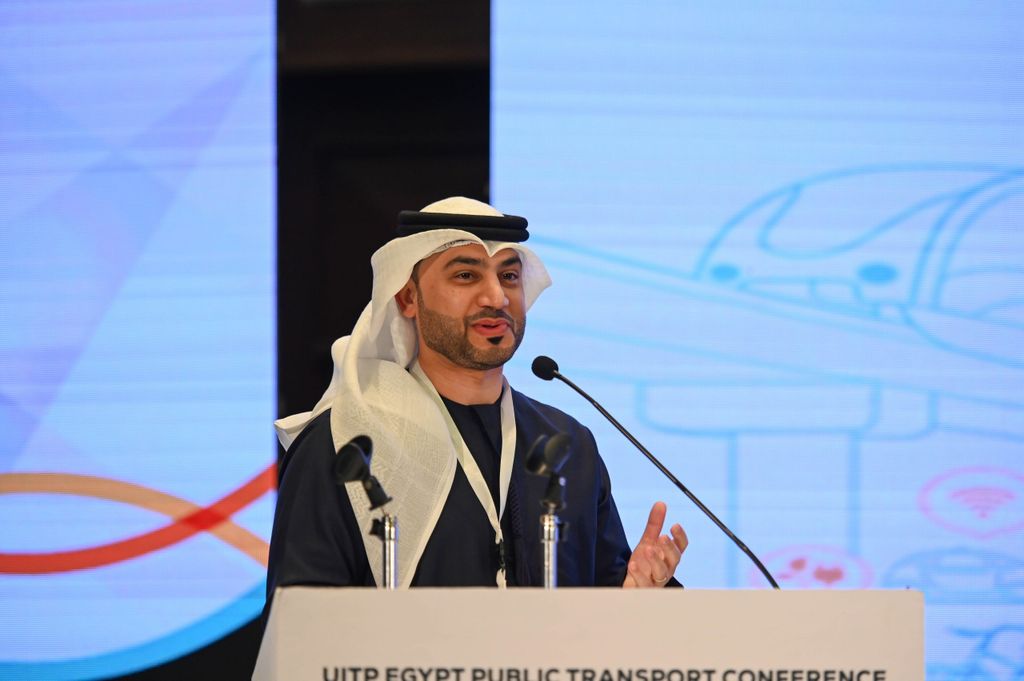
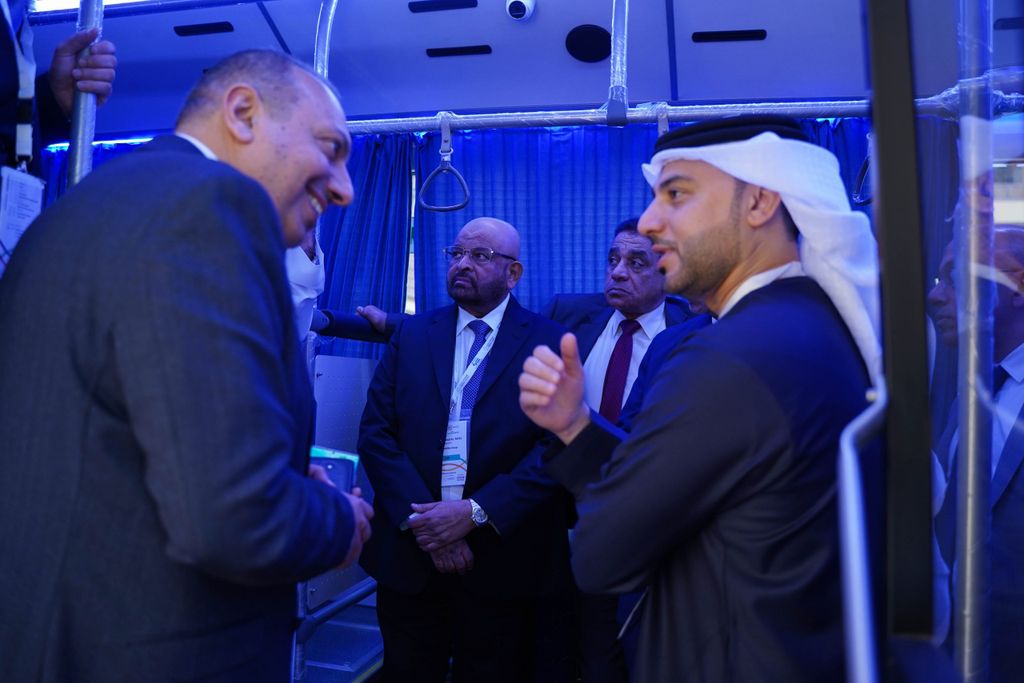

Electrification of networks
E-bus deployment around the world has increased rapidly as cities strive to build net zero transport systems. Buses account for more than 80% of public transport trips, and some cities have already achieved fully electric public transportation.
In China, Guangzhou, Shenzhen, and Xi’an are all pioneering 100% electric public transport systems. India is also taking large strides in e-bus adoption with the largest e-bus tender in the world. The Kochi water metro will include 78 E-boats, while stage 1 of the initiative includes 5450 buses and stage 2 tenders out 50000 buses.
Join more UITP events
The UITP Egypt Public Transport Conference, the MENA Committee Meeting and the UITP MENA Bus Working Group were hosted by UITP member Mwasalat Misr. RATPDev meanwhile, hosted the UITP Regional and Suburban Railways Committee Meeting.
Membership benefits


